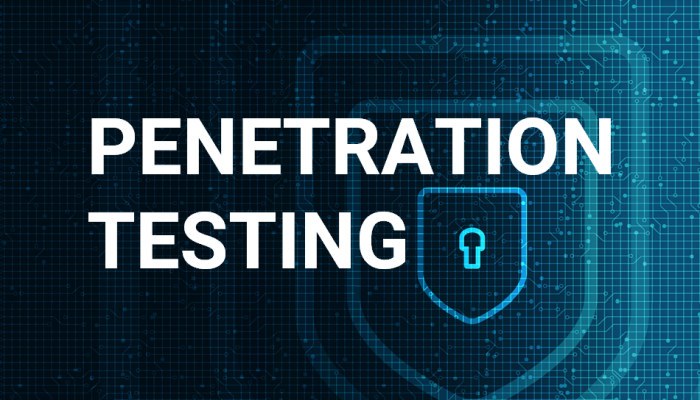In today’s digital era, cyberattacks are no longer a matter of if, but when. As attack methods become more advanced, organizations across all sectors—both private and public—need to take proactive steps to identify and fix security gaps before they are exploited. One of the most effective ways to do this is through penetration testing (pentest).
What Is Penetration Testing?
Penetration testing is a simulated cyberattack carried out legally and in a controlled environment to test the strength of a system’s defenses. The goal is to identify vulnerabilities that could be used by attackers to steal data, damage systems, or disrupt services.
This process is usually performed by security professionals acting as ethical hackers. They use the same tools and techniques as real attackers—but with the purpose of finding and fixing weaknesses, not exploiting them.
Types of Penetration Testing
Depending on the scope and the organization’s needs, penetration testing can take different forms:
- Network Pentest
Evaluates the security of internal and external networks. Commonly checks firewalls, routers, VPNs, and open ports. - Web Application Pentest
Tests web apps against attacks like SQL injection, cross-site scripting (XSS), and authentication bypass. - Wireless Pentest
Focuses on wireless network security, including rogue access points, WiFi intrusions, and encryption strength. - Social Engineering Pentest
Tests user awareness with techniques like phishing, vishing, and pretexting. - Physical Security Test
Assesses how easily attackers could gain physical access to an organization’s IT systems.
Common Stages of a Pentest
- Planning & Scope
Define which systems will be tested, methods to be used, and legal approvals. - Information Gathering (Reconnaissance)
Collect data from the target system using passive and active methods. - Scanning & Enumeration
Use tools like Nmap or Nessus to discover active services and potential vulnerabilities. - Exploitation
Attempt to exploit vulnerabilities to see how far an attacker could get. - Post-Exploitation
Assess the impact of the exploit and how long an attacker could remain in the system. - Reporting
Deliver a detailed report with findings, evidence, risk levels, and recommendations.
Why Is Pentesting Important?
- Find Vulnerabilities Before Hackers Do
Pentests uncover weaknesses before attackers can exploit them. - Meet Compliance & Industry Standards
Many frameworks such as ISO 27001, PCI-DSS, HIPAA, and NIST require regular penetration testing. - Raise Security Awareness
Involving employees in pentests builds stronger security awareness across the organization. - Protect Reputation & Customer Trust
A data breach can destroy trust and damage a brand. Pentesting is a proactive step to prevent this.
Pentest vs. Vulnerability Assessment
Pentesting is often confused with vulnerability assessment, but they are different:
- Vulnerability Assessment: Identifies weaknesses using automated tools and vulnerability databases (like CVEs).
- Penetration Testing: Goes further by actively exploiting vulnerabilities to measure the real impact of an attack.
In short, vulnerability assessments show what is weak, while pentests show how bad it could get.
When Should You Do a Pentest?
- Before and after launching a new system or application
- After major changes in your network architecture
- After a security incident or data breach
- On a regular basis (every 6–12 months)
Conclusion
Penetration testing is not just a technical drill—it’s a strategic step in managing cyber risks. With stricter compliance demands and increasingly complex threats, pentests provide real insight into how prepared your organization is to face attacks.
Skipping penetration testing is like letting cybercriminals discover your weaknesses before you do. By running a pentest, you stay in control and prove that security is a top priority—not just a formality.
A strong IT infrastructure is the key to business productivity. With Penetration Testing Malaysia, you can access complete IT solutions tailored to your needs. As your trusted partner, iLogo Malaysia is ready to integrate everything seamlessly so your business stays secure and runs smoothly.
Contact us today or visit ilogomalaysia.com for more information!
